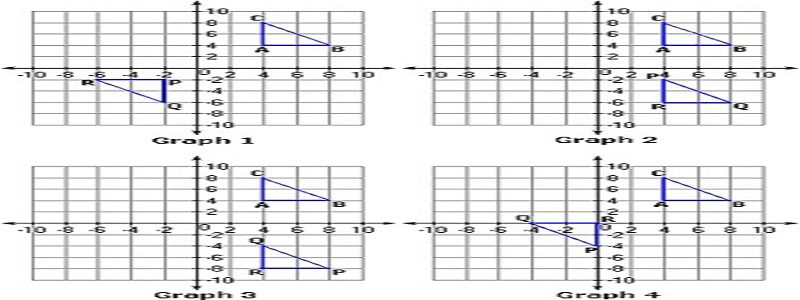The Stock Market Sector Scuffle — Teaching Financial Literacy Through Argumentation
Overview
The Stock Market Sector Scuffle teaches math-based financial literacy using a real-world scenario in which students have to produce and analyze a financial data set in order to build arguments to convince “investors” that their sector-based stock portfolio holds the greatest promise of financial returns.
Justify & Critique on Transformations in the Coordinate Plane
Argument-Centered Education is working with partner high schools right now on implementing a variation (and somewhat of a simplification) of the Justify & Critique activity for mathematics classrooms.
This version of the argument-based activity has the same warrants for its use as were laid out in a version previously posted here in The Debatafier on algebraic relationships in two variables, and the same alignment with Common Core and NCTM standards that elevate meta-cognition, ability to communicate how math principles work in solutions, and mathematical reasoning process over product.
Arguing Math: Justify and Critique Solutions to Algebraic Relationships in Two Variables
Current standards in mathematics require that students be able to “construct viable arguments and critique the reasoning of others” (Common Core Standards, Standards of Math Practice 3). Further, “mathematically proficient students . . . justify their conclusions, communicate them to others, and respond to the arguments of others.” This activity has students justifying and making arguments for their solutions to higher-order thinking math questions, and it has students questioning or critiquing the solutions of their classmates.
Argument-Centered Content Delivery
Overview
Posters have gone out to schools and districts near and far identifying the five universal steps to argumentalzing instruction — though some posters remain, if you haven’t gotten yours. Previous articles in The Debatifier have (in parts 1 and 2) described criteria and analyzed the process for effectively formulating a debatable issue: the first step in the five-step argumentalization process.
It’s time to take a closer look at the second step to argumentalizing instruction: teaching content through arguments. Students’ obtaining content knowledge and understanding is not only required to meet specific academic objectives across disciplines, it is also (as we see time and again) essential to their ability to make convincing, college-directed academic arguments.
Debate at the Poker Table
by Andrew Brokos
I was heavily involved in debate in high school and college, and as an adult I continue to volunteer with debate-related organizations. Professionally, though, I did not pursue a traditional “debater career” in a field such as law or politics. In fact, there’s nothing traditional at all about my career: I’m a professional poker player.
The connection between debating and playing poker is certainly less obvious than between debating and running for office, but the truth is that I credit a lot of my success in poker to the skills that I learned from debating, skills like critical thinking, considering all sides of an argument, and weighing advantages and disadvantages.






